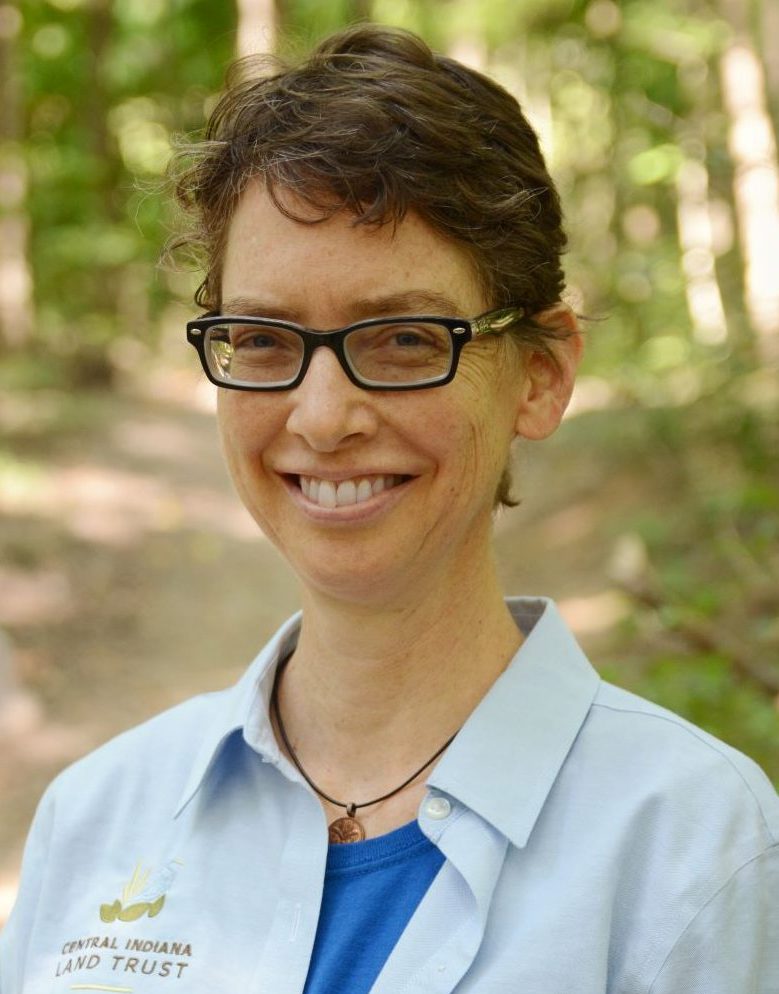The sight of fire in the woods might feel a bit jarring in the wake of so much wildfire destruction in other parts of the world. But fire has always been a factor in shaping the landscape. In conservation work, we can use it strategically to help restore the land. That was the plan for a recent controlled burn at The Laura Hare Preserve at Blossom Hollow.
We contracted Davey Resource Group (a local environmental company) to lead the burn in 16 acres of oak woodland. Our main objective was to document species response. We are partnering with Eco Logic, a local ecological restoration group, to conduct this study of fire’s impact on the land, as measured by three plots designated for: 1) fire, 2) fire combined with thinning of woody species, and 3) a control plot.
The hypothesis is that oaks and hickories will fare well, while sugar maples will decline. Overall forest health should improve, with greater flowering and seed set of species that have been struggling in shade.
For example, plants like dryland blueberry have likely been starved for light in the shade of beeches and maples. These are species that have probably been on the property for hundreds if not thousands of years, but have been struggling to survive with fire suppression during the last few decades. Reintroducing fire in this oak woodland should support these understory plants and the entire native plant community there.
Further, in our annual bird monitoring of the site, the cerulean warbler is seen occasionally. We project that burning, combined with thinning, will allow more ceruleans to use this land.
Data collected to support or refute our hypothesis will help build an evidence-based approach to managing natural areas.
In addition to our study, data will be collected for a separate study. Franklin College biology professor Alice Heikens and her students have been researching the cancer root that thrives in this natural area. They will be documenting the impact of fire on this unusual native plant.
While fire is a natural process, uncontrolled burns rarely occur in Indiana. So the conservation community uses controlled burns to ensure ecosystems thrive. Fire is an excellent natural management tool and can greatly benefit the land by helping to control invasive species. Generally, invasive species are intolerant of fire and will either die back or become stunted in growth.
Interestingly, not all of the area inside the burn block burned. As executive director Cliff Chapman put it, “The fire decides, not us, what burns and what doesn’t. We truly are reintroducing a natural process not just using fire as a tool like a hammer.”
Blossom Hollow, part of the Hills of Gold Conservation Area in Johnson County, makes up 149 acres total. Its forest interior habitat is crucial for species vulnerable to “edge effect,” like Eastern box turtles and migratory warblers.

Shawndra Miller
Communications Manager